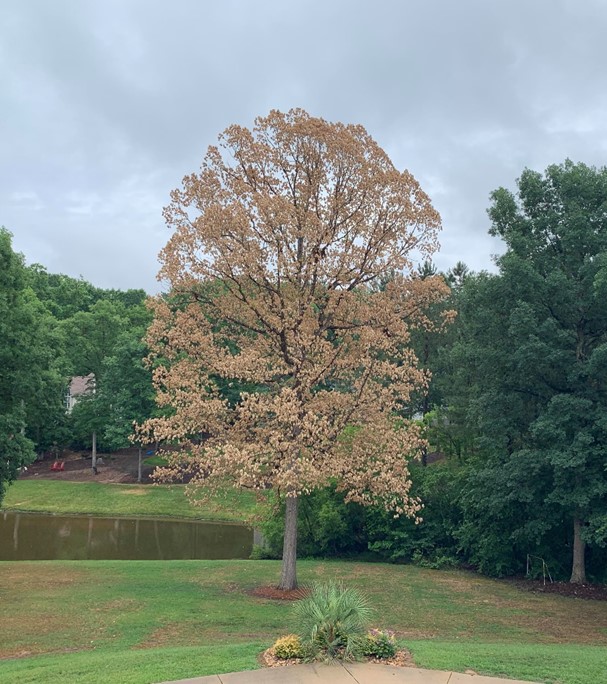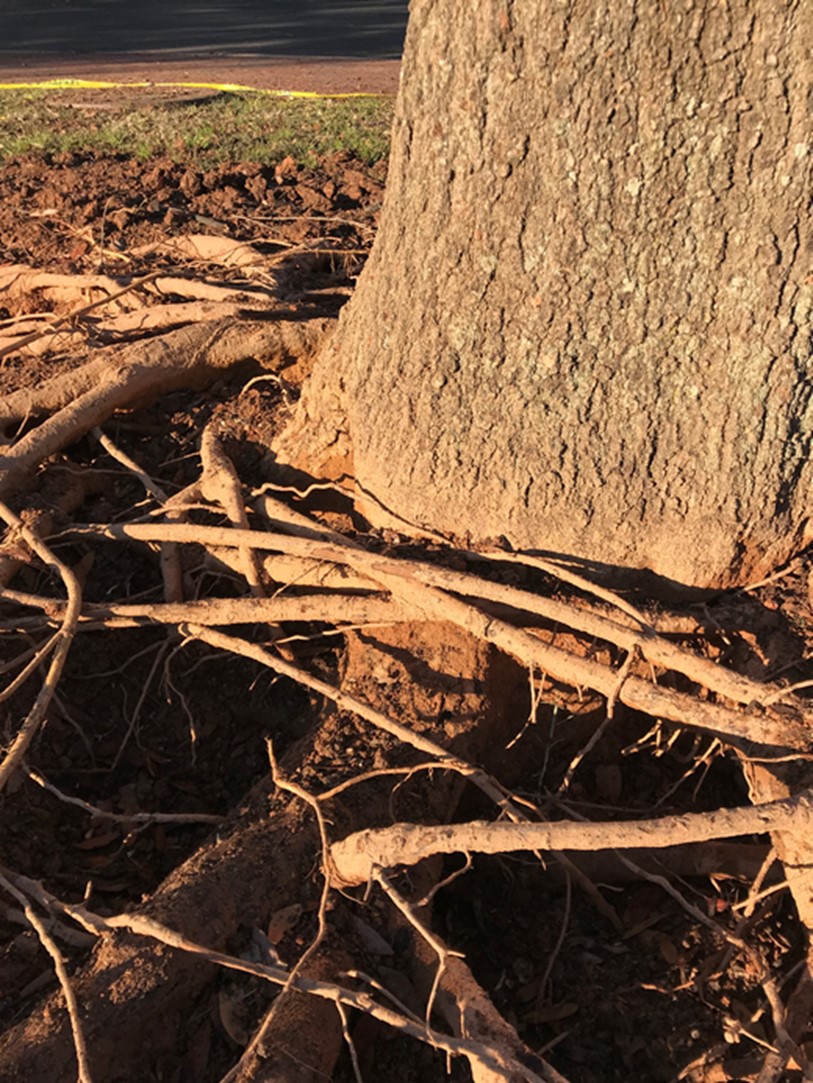CLIMATE
(January 15, 2020)
Climate. Used to be that word did not have quite the same impact as it does today. From the Oxford dictionary- the weather conditions prevailing in an area in general or over a long period. Additionally it means- the prevailing trend of public opinion. With some notable exceptions, there seems to be a changing “climate” regarding the Earth’s “weather”. They say weather is local and climate is global. True enough, but there is no doubt that the climate is changing our weather locally. For us in the southeast, we can expect hotter summers, more intense and potentially more frequent storms and hurricanes, and higher sea levels and storm surge (Risky Business: The Economic Risks of Climate Change in the United States, 2014). We have already seen many of these impacts. According to the predictions, we could see an increase in days/year above 95°F (from about 9 to over 15+). Not only does that effect our industry’s workers health and well-being, but certainly that of our trees. This past year I received many reports about trees dying, unexpectedly. As arborists, we know that it is highly unlikely the trees died “overnight”. These were often middle-aged trees, significant parts of the landscape. Why did they die? Here is my educated guess. It goes back to weather.

For the past number of years, we have had hot, often dry summers. Then we would have wet summers. We have had wet and dry and hot fluctuations in one season. Then, of course, there are the hurricanes. How can trees adapt to such changes? Bottom-line: they cannot always, at least not in the short term. And, 10-15 years is short for many trees. Each year as a tree tries to rebuild its fibrous root system, fight off outside stressors, reproduce and maintain growth more energy is expended. It is costly and at some point, the bank just does not have enough reserves to keep going. While trees are amazingly resilient and store tons of energy, they eventually succumb. Inside, the tree may have to “cut off” xylem cells that are dead or dysfunctional from the transpiration stream. In most species, only the most recent growth increments function in transpiration and nutrient movement. Dead xylem still provides support, but not much more. After years of such energy- extracting events, even young xylem can no longer function and the tree finally has no energy left.
But, why one tree over another? Certainly, genetics are at play. So is very localized weather. However, tree management is also a key factor. Making sure we plant the right tree in our site is going to only become more and more important as our climate changes. Planting correctly, too. Because trees live for many years despite bad planting practices, this can still be a factor in their death, especially when combined with other stressors. Below is a picture of the root collar of a willow oak that died this past fall. What we found was quite telling. The tree had developed many layers of adventitious roots above the original root system, many trunk-girdling roots. I believe this tree was likely planted too deep in the nursery and then too deep in the landscape. I think this factor contributed to its death. So, what can we do? Recognize that as long as the climate continues to offer us these local weather challenges, then we will have more trees dying. Be more vigilant in how we select trees for our communities and be sure to install and maintain them correctly! After all, we are planting them for the future, not just today.

Barbara Fair, NCSU Landscape Extension Specialist Certified Arborist





